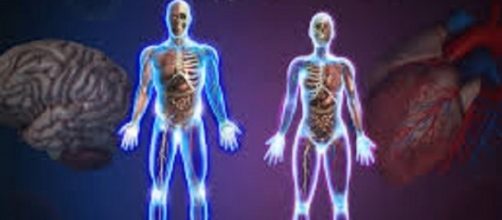The human body is a very complex organism with many crevices and corners that remain unexplored. With that said, what if there were other organs in your body that you did not know about? Well, actually there are! Scientists have discovered another organ in the human body.
How many organs are in the human body?
The total amount of organs in your body now stands at 5 vital organs and 12 organ systems, which now includes your Mysentery. Scientists have discovered another organ that plays a vital role in your body's function. However, clarification of the new organ is still undergoing testing, but while its scientific studies are still in their early stages, several advance findings were already found.
Several advanced functional features have been revealed as to why the Mysentery has been designated an organ. Currently, it is still undergoing several clinical studies to provide a better understanding of its role in the human anatomy. Scientific investigation will explore its structure, as well as its function and the role it plays in the infection process of diseases in our body.
Da Vinci linked to Mysentery organ
Famed artist Leonardo Da Vinci made the first reference to the Mysentery in one of his paintings, in his depiction, he drew the organ associating it to the colon and small intestine. According to the drawing, it appears to be centrally located and elongated throughout the lower part of the digestive system.
How to find the Mysentery organ
According to studies already done by medical research groups, it is part of the ascending and descending colon. However, experts are saying that this newfound organ is a separate entity. It is in the root region of the Superior Mesenteric and has a fan-like shape that covers the Duodenum, anus, and small intestines.
This organ is used when a person stands upright; its main function is to prevent the collapse of your small intestine into the pelvic area. Notably, without this organ the transit of waste matters inside the intestines would not be possible. In other words; it is necessary for keeping the colon suspended above the pelvic bones.

